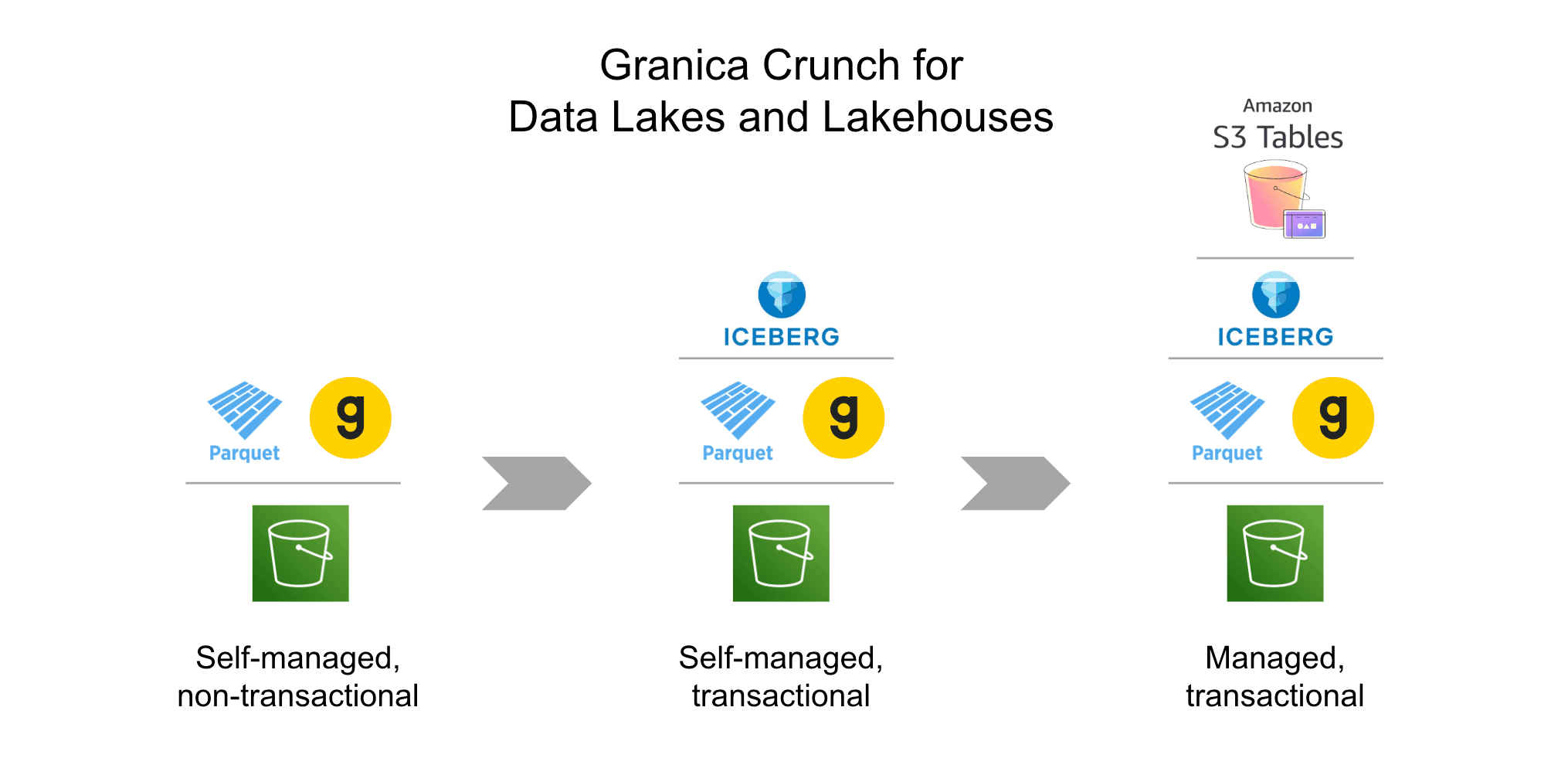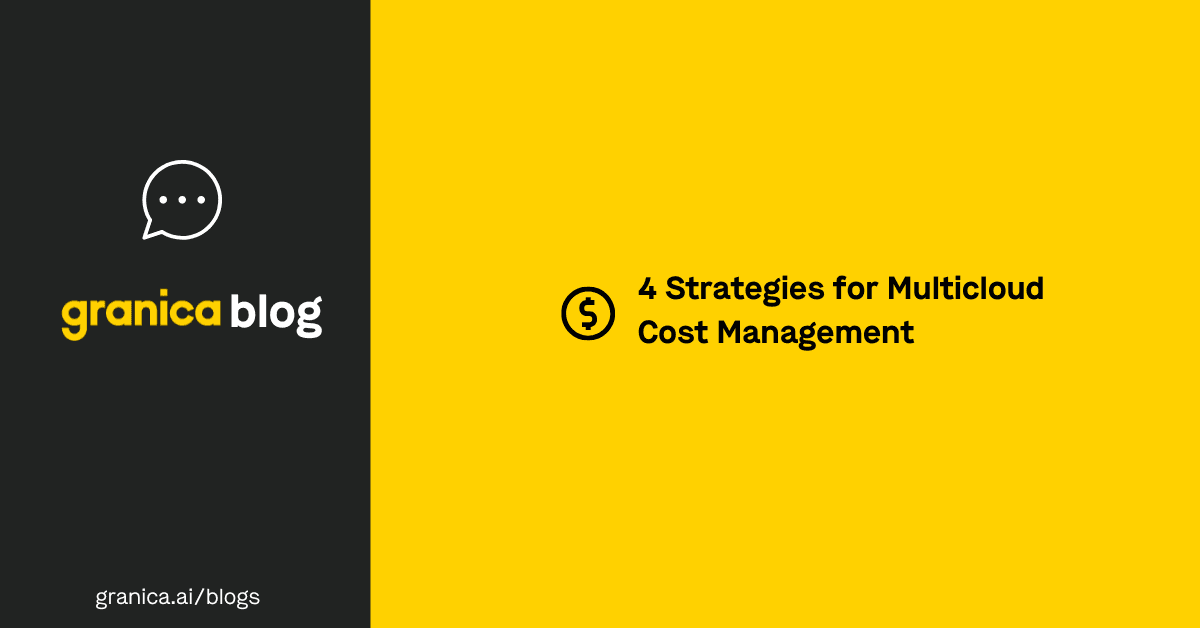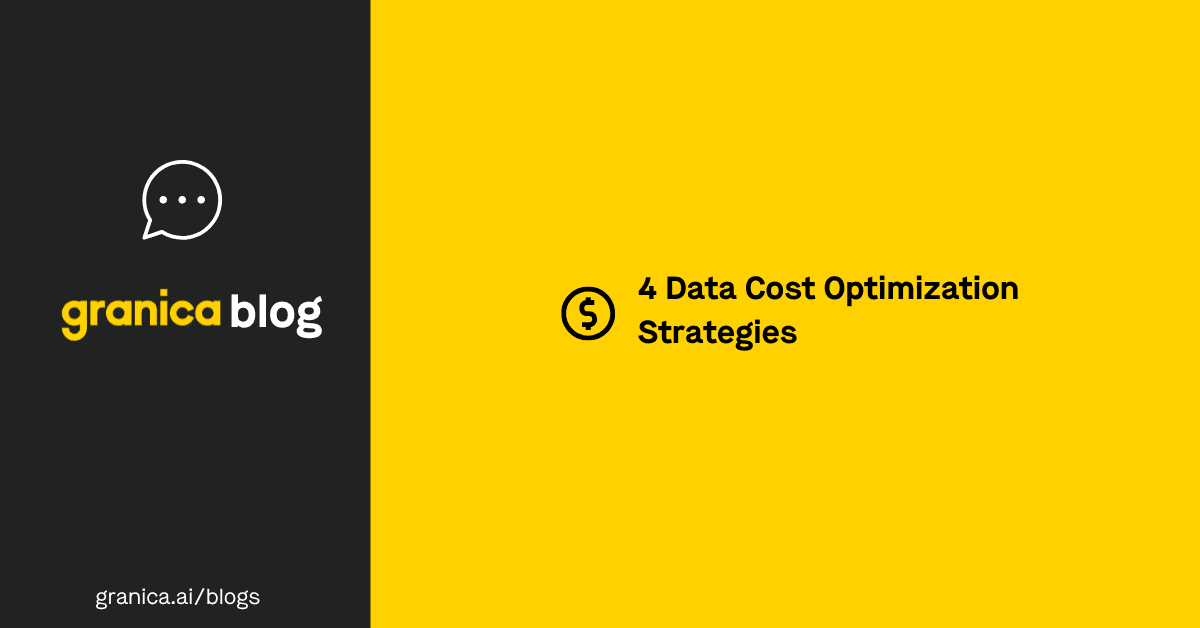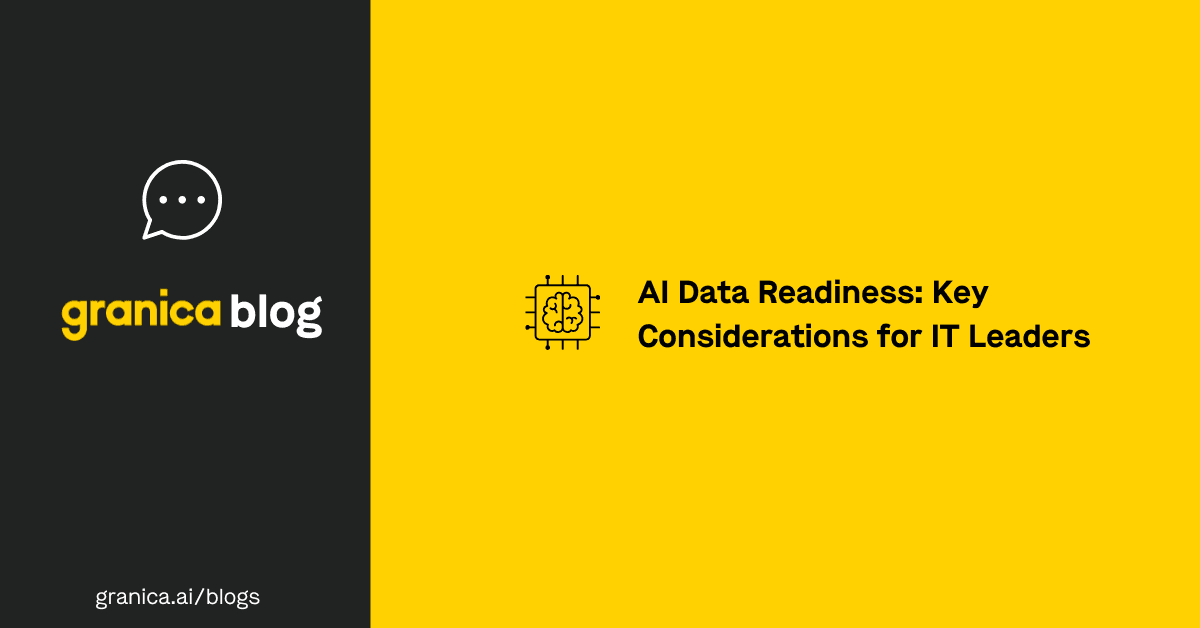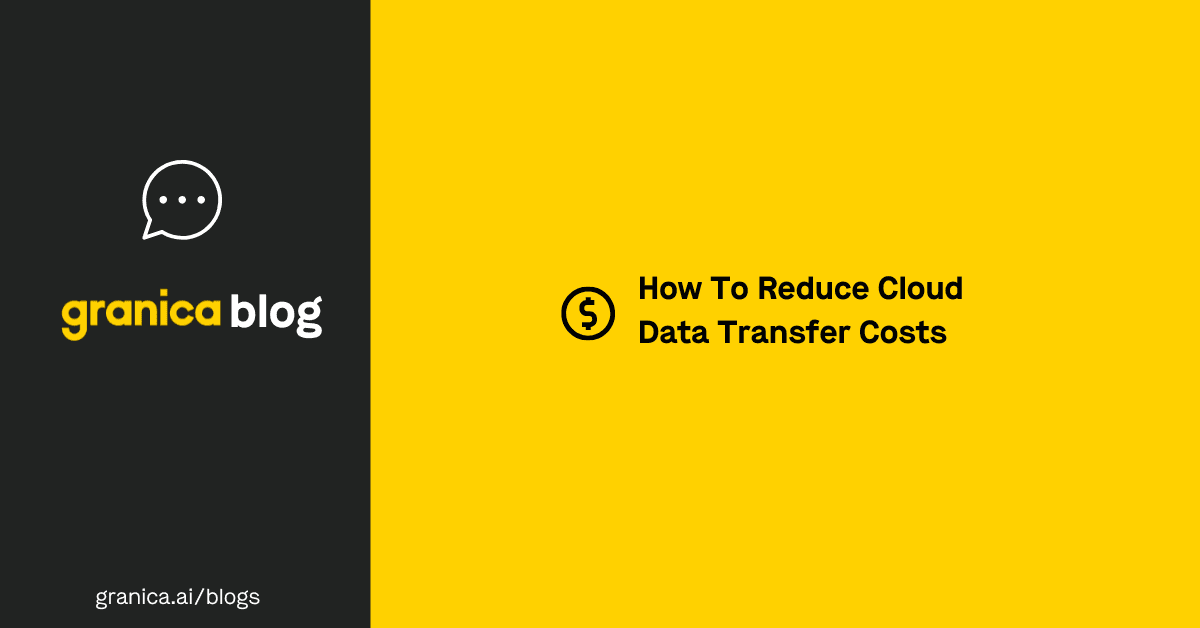With cloud costs on the rise, now is the time to prioritize Amazon Web Services (AWS) cloud cost optimization. AWS cloud services generated twice as much revenue in 2023 as they did in 2020 – $90.8 billion in total. As more companies adopt the AWS cloud platform, they need a reliable way to track costs and reduce unnecessary spending.
This guide explains everything companies should know about AWS cloud cost optimization, from best practices to useful optimization tools. Finding the right combination of strategies and tools is the best way to optimize cloud costs across the AWS environment.
| Table of Contents |
|---|
What is AWS cloud cost optimization?
AWS cloud cost optimization reduces a company’s cloud costs by improving resource management, compressing data in AWS cloud data lakes, streamlining workflows, and making operations more efficient. However, these infrastructure improvements aren’t the only ways to optimize cloud costs. Overall, this process also includes leveraging AWS discounts, creating realistic budgets, and tracking monthly cost trends.
Although this description may seem straightforward, many companies find cost optimization challenging. According to a recent study, only one-third of engineers and finance professionals fully understand their companies’ cloud costs. Most struggle to keep track of AWS cloud costs because of factors like:
- Complicated billing. AWS offers 32 products, each providing a different service, from storage and computing to networking and analytics. Amazon charges different rates for each service on a per-second or per-hour basis. Adding to the complexity, Amazon also offers discounts for reserved instances. With so many services, rates, and discounts available, it’s difficult for companies to keep track of every detail on their monthly bills.
- Inefficient resource management. Tagging and allocating resources properly is a cornerstone of AWS cloud cost optimization. Resource management inefficiencies lead to orphaned resources, which then lead to unnecessarily high cloud costs. The more resources a company manages in the cloud, the greater the likelihood that inefficiencies will accumulate over time.
- Increasing cloud costs. Companies generally spend the majority of their cloud budgets on Amazon’s compute platform, EC2. For many companies, however, Amazon’s simple storage service, S3, still makes up a significant portion of total monthly cloud costs. While companies can’t control the cost of virtual machines or data lake storage, they can reduce these costs using optimization techniques like data tiering or lossless data compression.
In short, AWS cloud cost optimization is a multi-step process that requires companies to examine every aspect of their cloud spend, including service rates, reserved instance discounts, resource allocation, right-sizing, and more. For optimal results, start with the six best practices below.
AWS cloud cost optimization best practices
AWS cloud cost optimization isn’t a one-and-done process. Keeping cloud costs under budget involves multiple strategies and consistent management. To reduce cloud costs, focus on the six strategies below, as they offer the greatest payoff. Many companies see immediate results from these best practices, but using these strategies consistently can lead to long-term cost savings as well.
| AWS Cloud Cost Optimization Strategies | |
|---|---|
| What | How |
| Resource right-sizing | This is a two-step process. 1.) First, companies must track resource allocations and identify orphaned resources or unused instances. 2.) Next, companies must repurpose those unused instances or reallocate orphaned resources. Delete any unused instances or resources, and right-size remaining resources as quickly and frequently as possible. Every undetected orphaned resource is money wasted – but right-sizing frees up those funds for more strategic uses. IT teams can right-size resources themselves, but cloud cost optimization tools make this process easier. |
| Data compression | To reduce data lake storage costs on AWS S3, losslessly compress as much data as possible. Doing this compression first, before organizing data into tiers, immediately reduces the cost of storing data in cloud data lakes for significant potential savings. Companies can further reduce their S3 bills using data tiering at a later time. |
| Data tiering | While compression is an important first step, companies should also prioritize data tiering to fully optimize their cloud costs. This involves placing data in different tiers based on usefulness and access frequency. Amazon offers an intelligent-tiering storage class for this purpose. The tiers include:- Frequent. The most expensive tier. Use this for hot and warm data only.
As an alternative to data archiving, delete all data the company isn’t actively using after first verifying it is no longer needed, which will further reduce data lake storage costs. |
| Block storage management | While compression and data tiering effectively manage object storage, companies that use Amazon EBS should also consider block storage management. When a company deletes an unused instance, the attached storage remains – this orphans those resources, causing needlessly high AWS bills. Careful block storage management, whether done manually or with a cost optimization tool, prevents wasteful spending. |
| Cost allocation | Companies that track all costs from a cost allocation dashboard are less likely to overspend on AWS. For best results, tag resources and track these tags monthly to ensure they’re utilized. Combine tagging with a cost validation tool to ensure accurate cost allocations. |
| Reserved instance discounts | Reserved instance discounts are a simple way to reduce AWS cloud spend without making infrastructure changes. AWS offers on-demand pricing, but this isn’t the most cost-effective option. Companies can reserve instances ahead of time for steep discounts – up to 75%. This can make it difficult to scale down if necessary, but offers a great option for companies that use the same number of instances each month (or can reallocate unused instances quickly). |
Companies with small IT teams may struggle to maintain these strategies in the long term because each one requires constant maintenance. To solve this problem, consider using a few of the AWS cloud cost optimization tools in the next section.
AWS cloud cost optimization tools
To achieve AWS cloud cost optimization, use industry-leading optimization tools in combination with best practices. Just as data compression and data tiering complement each other, multiple optimization tools can work in harmony to reduce cloud spend across the AWS environment.
Some optimization tools focus on infrastructure. These include compression, deduplication, and security features. Other tools focus on visualization, like budget tracking, resource allocation, and business mapping. Many companies require a combination of both tool types to fully optimize their AWS cloud costs.
The seven tools below address different aspects of AWS cloud cost optimization.
AWS Cloud Cost Optimization Tools
| Tool | Features |
|---|---|
| Granica |
|
| AWS Cost Explorer |
|
| Cloudability |
|
| Datadog |
|
| Flexera One |
|
| NetApp Cloud Volumes ONTAP |
|
| Tanzu CloudHealth |
|
Granica
Granica is a data management platform focused on reducing storage costs in cloud data lakes. The platform offers three tools for optimizing AWS cloud costs and improving data privacy:
- Granica Crunch. Losslessly compresses data stored in AWS data lakes to reduce cloud storage costs.
- Granica Chronicle AI. Organizes data in cloud data lakes for tiering, compression, or deletion, allowing IT teams to take actions that reduce cloud costs.
- Granica Screen. Identifies sensitive data in cloud data lakes and protects this data so companies can safely use it in AI workflows, including LLM training and fine tuning.
AWS Cost Explorer
AWS Cost Explorer manages AWS costs and usage over time, allowing companies to filter and group data, visualize daily or monthly costs, and forecast future costs. The tool provides a customizable dashboard for visualizing costs.
Cloudability
Cloudability focuses on cost allocation by means of comprehensive tagging features, resource identification filters, and cost forecasting dashboards. It also offers automated features, like a business mapping engine that organizes cloud costs by team and schedules routine data maintenance.
Datadog
Datadog offers custom-defined tags and cost validation to optimize AWS cloud costs. Users can organize costs by team, product, or service and validate these costs to accurately monitor trends across the cloud environment.
Flexera One
Flexera One manages hybrid and multi-cloud IT environments using a detailed dashboard. Users can implement budgets, manage data governance, and receive automated anomaly reports.
NetApp Cloud Volumes ONTAP
NetApp Cloud Volumes ONTAP manages cloud-native block storage costs by improving performance. The tool can delete unattached volumes, replicate data (including across regions or clouds), and back up data.
Tanzu CloudHealth
Tanzu CloudHealth provides visibility for multi-cloud environments. It offers resource right-sizing recommendations, budgeting tools, cost forecasting, reserved instance discount management, and chargeback features.
AWS cloud cost optimization with Granica
An effective AWS cloud cost optimization strategy requires powerful optimization tools to keep costs as low as possible. Despite the wide variety of tools to choose from, only one can significantly reduce data lake storage costs on AWS. Granica offers the industry’s first and only data lake compression service.
Our lossless compression algorithms reduce unstructured data in AWS data lakes, particularly data used in genAI and Machine Learning. The efficient compression of Granica Crunch coupled with the deep visibility of Granica Chronicle AI can reduce AWS cloud storage costs by as much as 80%.
Granica enables companies to enjoy all the benefits of AWS – the most widely adopted cloud service in the world – without breaking the bank. Request a free demo today.

